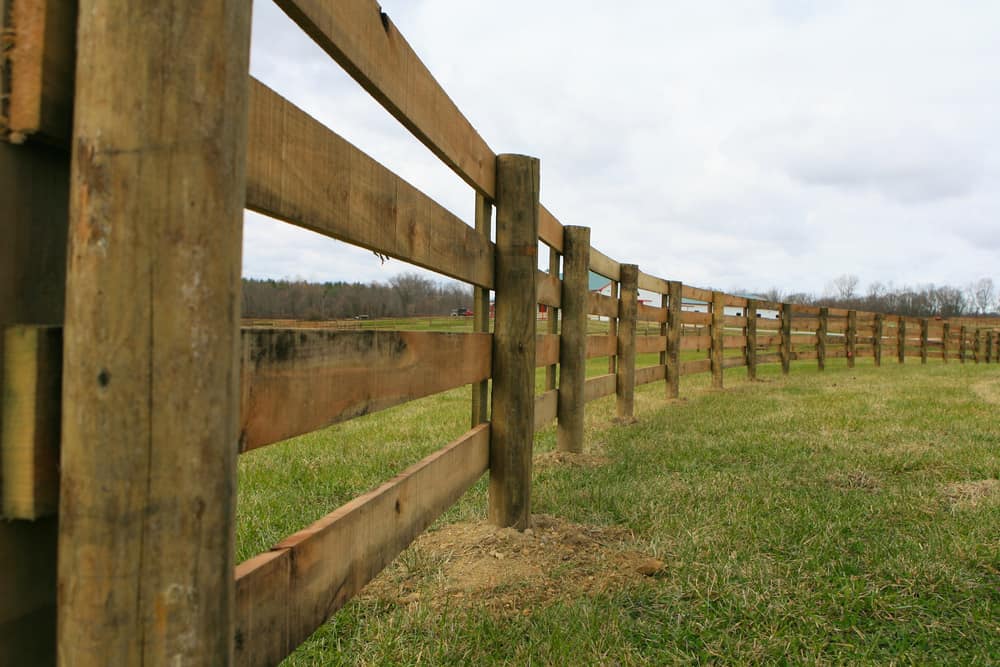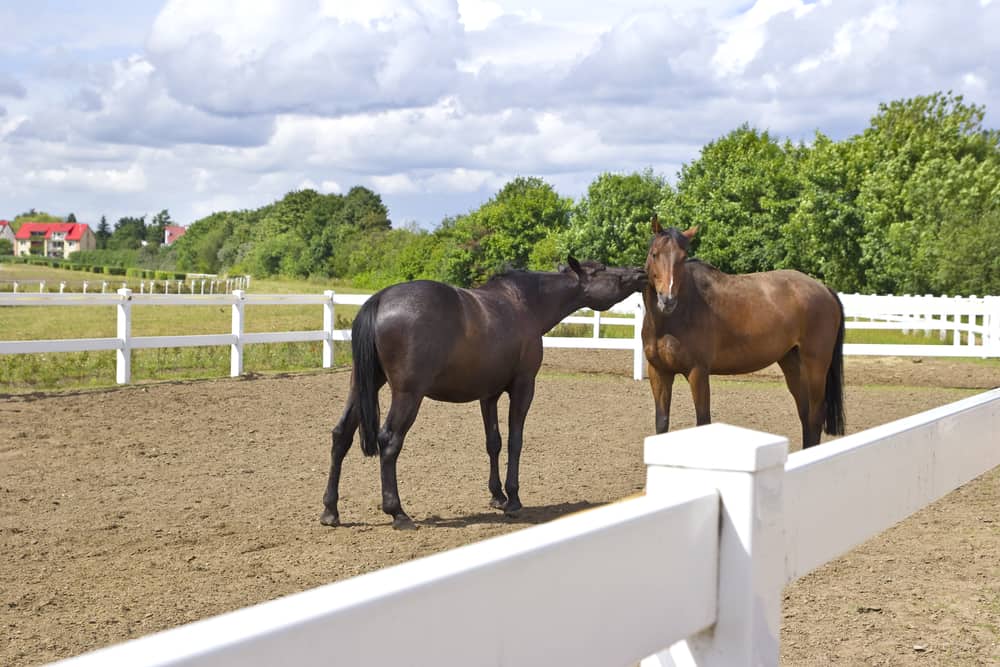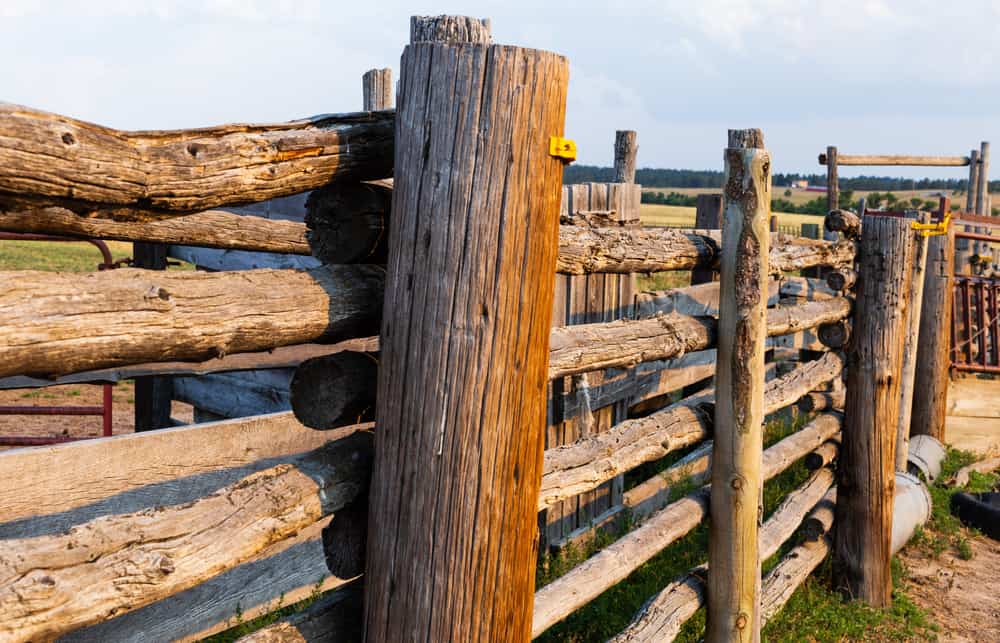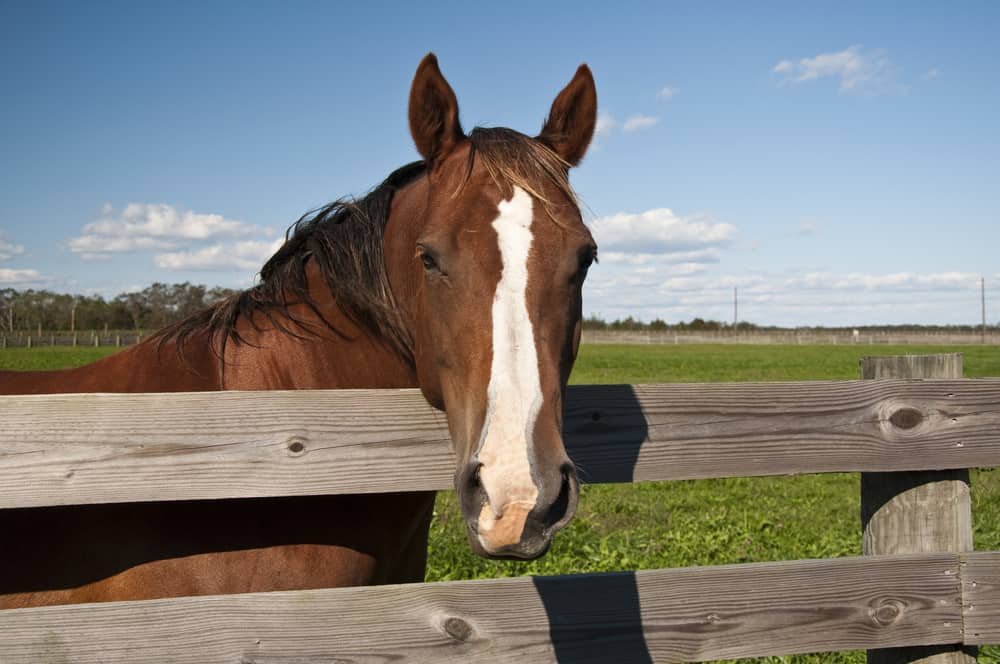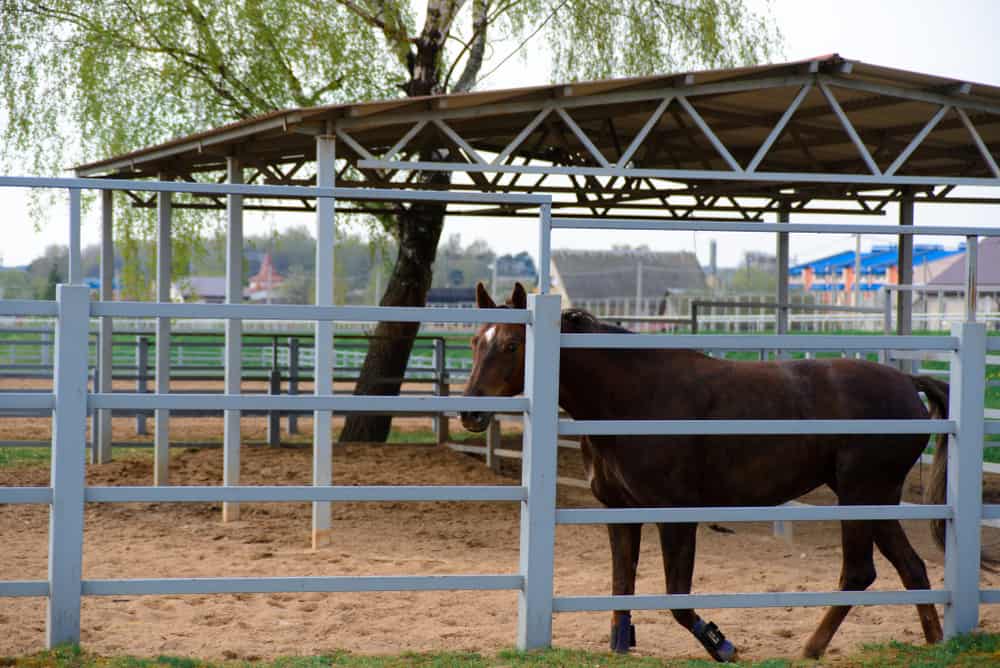Thankfully people’s relationships with horses have grown quite significantly from the times of the Wild West. There are no more gunshots, barbed wire, often inhumane corralling, or other considerably barbaric taming methods.
Nonetheless, the domestication of a horse to perform different jobs, either for the casual riding enthusiast or the highly competitive equine sportsperson, some enclosure must exist upon your property as a horse owner.
Fencing provides safety for you and your horses and provides a barrier that helps prevent unwanted intruders on the property. This article aims to explore the safest horse fencing options available on the market.
What Is The Purpose Of A Fence
One of the most important purposes for having a fence on your property is to provide security and protection. That said, horse fencing can be an attractive feature of your property.
As with any product, fencing design should aim to maximize function. Before rushing into a fencing project, you should take the time to walk around your property and take note of any unique impediments or restrictions that exist.
You will also benefit from keeping in mind any nearby roadways, landscaping, or terrain features that may cause difficulty installing fencing.
Fencing should provide a safe confinement area to your horses while giving them adequate space for exercise and grazing needs. And know that regardless of your property’s acreage, your horse will get around to testing the fence’s strength sooner or later.
So most importantly, the fencing you select needs to be sturdy and visible to your horses. Remember to design your fencing layout in a manner that aims to remove anything that may obscure its visibility.
Since we have progressed so much since the times of the Wild West, today’s market offers various safe and sturdy containment options for your equine buddies.
Fencing is an essential investment in your home if you share your property with horses. However, for all intent and purposes, you should seek the advice of a trusted fencing professional in the equine community before pulling out your wallet.
You can choose from various “preferences in structure, design, materials, colour, and visibility.” As you better understand what fencing is most suitable for your property, you may want to account for some flexibility in your planned budget.
Fencing Components
A fence serves a necessary function, and each of its structural elements needs consideration before a horse owner can decide on the best option available.
1. Fence Posts
The foundation of whichever fencing option you decide upon is the fence post. Fence posts must be correctly installed and of suitable size and material.
If you doubt that a fence post is not strong enough given the personal knowledge of your property and horses, then go bigger. You will not regret this decision even if you end up spending a little extra money than planned in this area.
Traditionally, the preferred material for horse fencing has been wood. However, various types of wood for your selection directly affect the cost, maintenance, and overall durability.
For example, hardwoods are readily available in most areas. Still, if you have the financial means to purchase softwood such as cedar or redwood, it will fare much better against weather and insect damage.
The other option you have is to seek out pre-treated wood from your local supplier. Manufacturers of pre-treated lumber will have applied unique formulas to the wood to prevent infestation, rot, and fungus from damaging your wood.
In addition, the actual method of installing fence posts will play a critical role in their sturdiness and resistance to impact. Remember how I mentioned earlier that your horses would test out the strength of your fence sooner or later?
Horses have a natural tendency to choose flight over fight when uncomfortable. A frightened horse will kick off running before considering its surroundings and any physical barriers in its way.
What adds to this may be its field of vision. While a horse has an almost 360-degree field of vision, it suffers from two major blind spots. One is directly behind it, and the other is directly in front of its muzzle. So a darting horse may not even see what is ahead of them.
So, if possible, hire a local contractor or perhaps even barter with a friend with the appropriate equipment and get your fence posts driven into the ground. In doing so, you ensure a tighter post fit than what could be achieved by digging a hole and then back-filling it with soil.
And if the wooden posts are out of your budget or you do not look forward to its upkeep, you can even look into metal t-posts which are generally less expensive but may not look as nice.
Besides its cheaper cost, metal t-posts have other advantages that push some horse owners towards this alternative. In general, metal posts are lighter, can be driven into the ground relatively more effortless, and by nature are fire-proof.
2. Fence Barriers
After you have sorted out which material fence posts to employ, you need to start thinking of the actual barrier that will deter your horse from escaping while helping to prevent unwanted intruders.
While “physiological barriers, such as poly wire, poly tape, low-tension smooth wire, and electric wire” exist, with electric fences rising in demand.
Electric fencing sounds cruel at its sound, yet livestock owners worldwide swear by it. These fencing options “operate on 110-volt plug-in, 12-volt battery and can come with solar compatibility.”
Electric fencing is now environmentally-friendly and a functional alternative to other wire and mesh materials.
Again, the equine community has traditionally regarded wooden barriers as their preferred containment material. However, with beautiful aesthetics, extreme durability, and high visibility for your horses, wood also has its unique set of disadvantages that you should understand.
Foremost, you need to know that installing wooden fencing necessitates a significantly higher start-up cost. In addition, depending on the wood you choose, you may be up for more regular maintenance and upkeep than expected.
The wood selected should have some treatment against pests and fungus, for starters. You can apply a topical coating or purchase pre-treated wood from a trusty supplier.
Beyond these natural nuisances, your horses can wreak havoc on wooden barriers. Wood is chewed on and prone to cracking and weathering, and its splinters can be hazardous.
If your horse gets frightened and charges toward the fence line, nails could present another source of harm for the animal. When comparing the post material, wooden posts will stand up much better than metal t-posts that bend more easily.
Regardless of the post material, wooden planks are typically much thinner, and a horse’s sheer weight can break through it if charged towards the fence line at a flight.
3. Vinyl Fencing
Vinyl material has gained popularity throughout the construction industry since its market debut. And now, within the equine community, you have the option to use flex fencing to keep your horse safely contained.
Flex fencing is “vinyl fencing that comes in flexible polyethylene strips tensioned between posts.” This option is gaining popularity quickly because it is aesthetically pleasing and requires minimal maintenance.
As a horse owner, regardless of the material chosen, you should perform daily inspections on your containment areas to ensure that no damage has occurred, creating possibly troublesome vulnerabilities.
Manufacturers offer extended warranties on flex fencing because it has proven more robust than wood. In addition, dealers offer various widths and color varieties to fit the aesthetic appeal you were hoping for.
This vinyl fencing system consists of multiple polyurethane-bound wire strips that run the length of your fence line. These connect to the posts with a bracket that you can tighten upon inspection if you notice any loose areas.
Besides not needing to be repainted or treated regularly, the design of flex fencing allows it to give upon impact from your horse or other animals.
Other Considerations
There are several other things to consider when diving into a fencing project for your horses. For example, the materials you choose may be directly affected by the intentions you have for your horses.
Maybe you run a pony farm, plan to have a training facility, or have horses for personal recreational riding; you will find some materials more suitable than others.
Some horse owners may not think of initially designing rounded corners to provide their horses additional room to escape when cornered by another horse within the paddock.
Special features such as rounded corners may be easier to design with some materials than others. The placement and types of fasteners chosen will also need careful consideration on your part.
In any case, as a horse owner, you could choose to use a combination of materials to create a safe and functional fencing system. For example, adding a strip of electric wire along the bottom of a mainly wooden fence may keep their horses from trying to graze on the other side of the barrier.
Conclusion
As a horse owner, I know that you want to ensure your horses have a safe and functional fencing system. However, you probably also want to ensure that their containment system is aesthetically pleasing to your property.
Fortunately, you can find a material and design to meet your needs. Be sure to consult with a fencing specialist with experience in the equine community to ensure a robust solution that you can be happy with.
Please leave any questions or concerns you may have regarding the safest horse fencing options available in the comment section below.
